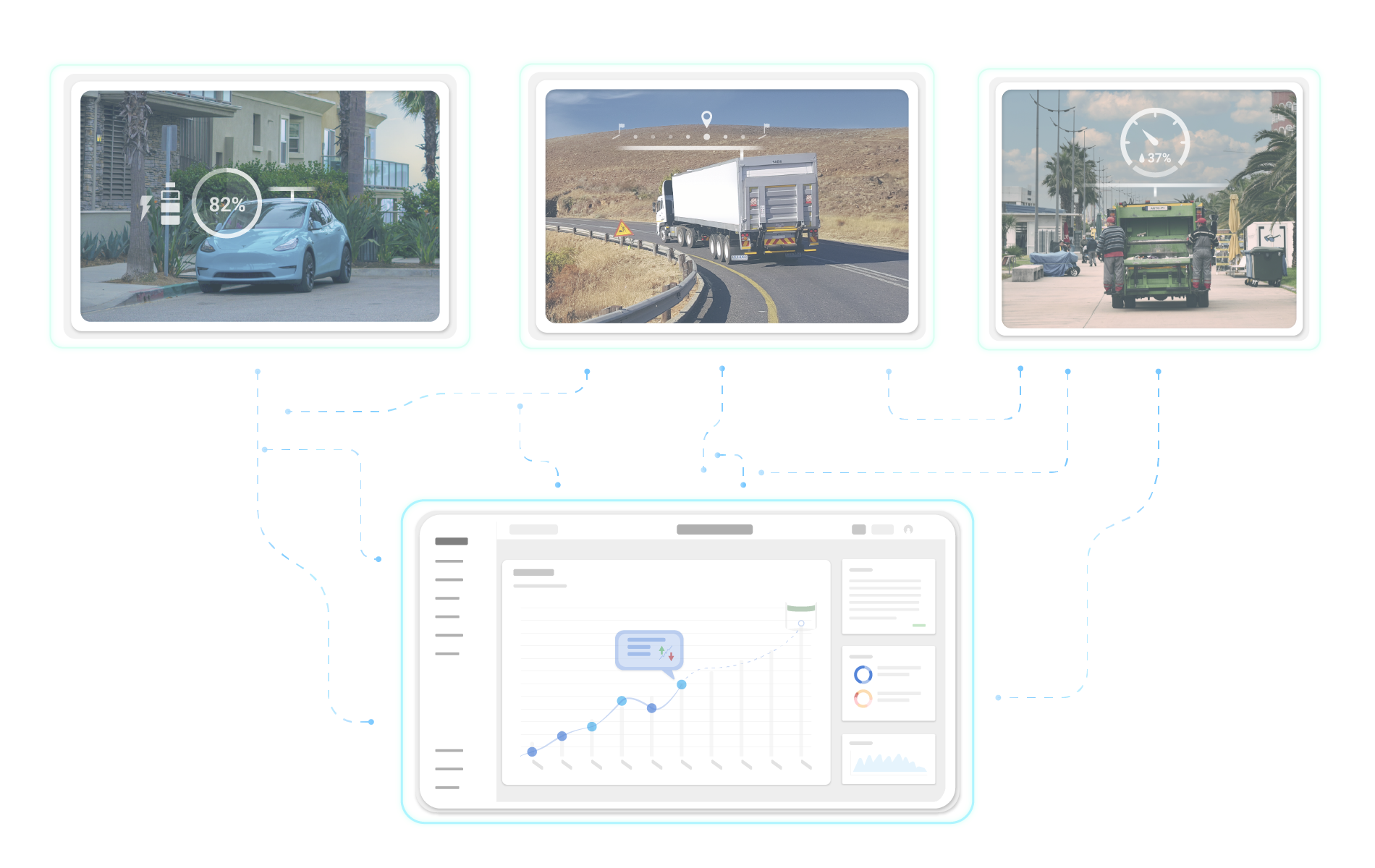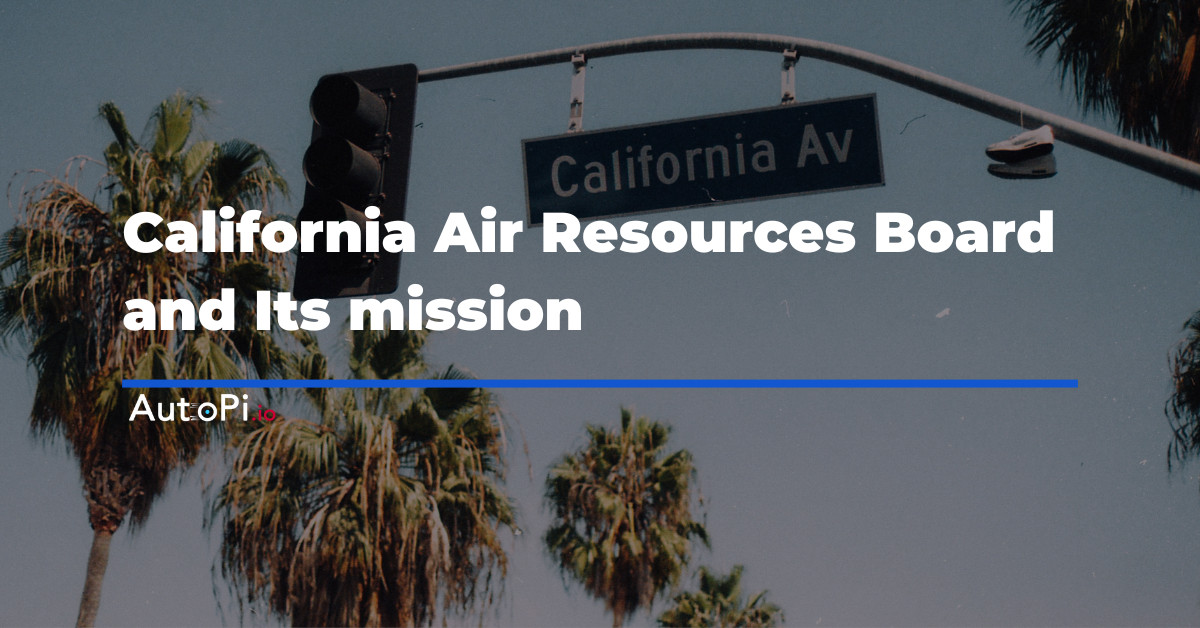In a first-of-its-kind regulatory move, California aims to phase out combustion trucks by 2036, significantly decreasing pollution and setting a global precedent. At the heart of this ambitious endeavor is the California Air Resources Board (CARB), an organization dedicated to improving the quality of California's air and reducing greenhouse gas emissions.
California is investing $9 billion towards the Zero Emission Vehicles (ZEV) transition, including ZEV trucks and infrastructure, through the California Climate Commitment.
The California Air Resources Board (CARB) and Its Mission
Known as the "clean air agency," CARB, a part of the California Environmental Protection Agency, is dedicated to safeguarding public health, welfare, and environmental resources by effectively reducing air pollutants. This commitment is evident in the state's recent pioneering decision to implement emissions standards for trains and to phase out traditional combustion trucks.
CARB's responsibilities extend beyond regulations and policy-making. They also strive to educate the public on the significance of air quality and tactics for emission reduction. Every month, CARB convenes meetings to track the progress made towards improving California's air quality. These platforms foster dialogue on potential strategies to enhance statewide welfare and inform future decision-making processes, ensuring the benefits reach all stakeholders, including the public, businesses, and burgeoning communities.
Recognizing that certain communities bear a disproportionate burden of air pollution—those located near bustling highways, ports, or railways—CARB has taken a focused approach to ameliorate air quality in these areas. They have initiated special programs to help California neighborhoods specifically affected by pollution from high-emission vehicles in areas with heavy traffic.
CARB's Advanced Clean Fleets Goal
The newly approved regulations are part of CARB's 'Advanced Clean Fleets' program, aimed at completely transitioning medium and heavy-duty trucks in California to zero-emissions technology by 2045. This includes;
-
Garbage trucks must be zero-emission by 2039.
-
Drayage trucks (i.e., big rigs), local delivery and government fleets must transition by 2035.
-
And all other vehicles covered by the regulation must be zero-emission by 2042.
These proactive steps are not only contributing to cleaner air, but they are also expected to yield significant financial savings, with estimates of $26.6 billion in health savings and $48 billion in savings for fleet owners transitioning to cleaner vehicles.
The Challenges in Achieving Zero Emissions
The path to zero emissions, although promising and essential, is not without its challenges:
-
Infrastructure Development: There is a need for a robust and scalable infrastructure for charging and maintaining the new fleets. The current electric vehicle charging infrastructure in California needs significant expansion and innovation to accommodate the upcoming influx of electric vehicles.
-
Technological Advances: Electric trucks must continue to evolve to meet the range and power demands of specific tasks, especially long-haul transportation. This requires ongoing research and development to ensure electric vehicle performance can match or surpass that of diesel vehicles.
-
Economic Considerations: The upfront costs of electric vehicles are higher than traditional combustion trucks. Despite lower total cost of ownership due to reduced fuel and maintenance costs, the initial investment remains a significant barrier for many fleet owners.
-
Regulatory Compliance and Monitoring: Ensuring compliance with the new 'California Air Resources Board diesel regulations' requires effective systems for tracking, reporting emissions data, and optimizing vehicle performance. These systems can be complex to set up and manage.
Although these challenges require substantial effort from various sectors, including government, manufacturers, energy providers, and fleet operators, innovative solutions like open source telematics software can facilitate overcoming these obstacles, paving the way towards a zero-emission future.
The Role of Open Source Telematics Software
This is where open source telematics software, like AutoPi IoT Infrastructure, becomes crucial. Open source telematics solutions provide a flexible and customizable framework to accommodate the unique needs of a fully electric fleet. With their ability to collect and analyze vast amounts of data in real-time, they can significantly improve green fleet management, increase vehicle uptime, and ensure compliance with the 'California Air Resources Board diesel regulations'.
AutoPi and its Contribution to the Zero-Emission Transition
AutoPi offers a comprehensive, customizable solution that can meet the diverse needs of a zero-emissions fleet. It collects real-time data from vehicles, including information about engine performance, fuel usage, emissions, as well as GPS, Battery, BMS SOC, voltage, amperage, and charger session data. These extensive data sets, compiled into monthly reports, enable fleet operators to meet CARB regulations more effectively and make necessary adjustments promptly.

Being open-source, AutoPi can easily integrate with other systems, making it a versatile solution in the ever-evolving field of clean vehicle technology. By providing a real-time, comprehensive snapshot of each vehicle's status, it supports an efficient transition to zero-emission vehicles, assisting in the collection and analysis of data needed to manage these fleets effectively and responsibly.
Your 5-Step Guide to Complying with California's Green Driving
Using the AutoPi Mini and cloud platform can simplify adherence to California's environmental regulations. Here's a straightforward approach:
-
Install AutoPi: Begin by installing the AutoPi telematics device in your car's OBD-II port. This lets you track your vehicle's environmental impact.
-
Monitor Driving Habits: Use the AutoPi cloud to analyze your driving behavior. Look for ways to drive more efficiently, like smoother acceleration and less idling, to reduce emissions.
-
Plan Eco-Friendly Routes: Utilize AutoPi for smarter route planning. Choosing less congested paths helps lower fuel consumption and emissions.
-
Stay Updated on Vehicle Health: AutoPi alerts you about necessary vehicle maintenance. Keeping your car in top condition ensures it runs eco-friendly.
-
Review Data Regularly: Regularly check the AutoPi cloud for insights into your driving patterns and vehicle performance. Use this data to continually improve your driving habits in line with California's green standards.
By following these simplified steps with AutoPi, you can contribute to a cleaner environment while ensuring compliance with California's green rules.
Conclusion: Looking to a Cleaner Future
The steps taken by the California Air Resources Board not only align with Governor Newsom's ambitious plan to dramatically reduce pollution but also offer a model for other states and countries to follow. While achieving these goals may pose significant challenges, with organizations like CARB leading the charge and advanced technology solutions such as AutoPi, a future with cleaner air, healthier communities, and a greener Earth seems within our reach.
Stay tuned, as we follow the development of a cleaner future.
FAQ About the California Air Resources Board (CARB)
The California Air Resources Board (CARB) is like the air quality police for California. Its job is to improve and maintain air quality, fight climate change, and keep the state's air clean. They set regulations, make sure industries follow clean air rules, and work to cut down on pollution from vehicles and factories. Basically, they're out to make sure you can take a deep breath without worrying about it.
CARB is part of the California Environmental Protection Agency. It's overseen by a board made up of 16 members. These folks are a mix of experts, some appointed by the governor and some are local air quality officials. They meet up regularly to make decisions about California's air policies.
Money for CARB mainly comes from the state's General Fund, federal grants, and specific fees paid by industries that pollute. Think of it like this: the more you pollute, the more you pay to help clean up the air.
Well, you would need to be more specific, as the answer depends on which new law is being referred to. However, CARB often proposes new laws aimed at reducing emissions and improving air quality. But generally, these laws could do anything from setting stricter standards for car emissions to limiting how much pollution factories can release into the air.
CARB has been around since 1967. Yeah, it's been more than half a century of fighting for cleaner air in California.
The cost can vary depending on what exactly you're doing. Usually, there are fees based on the project size and the amount of carbon being sequestered. You'll have to check their official website or give them a call for the most current and detailed info on registration costs.





